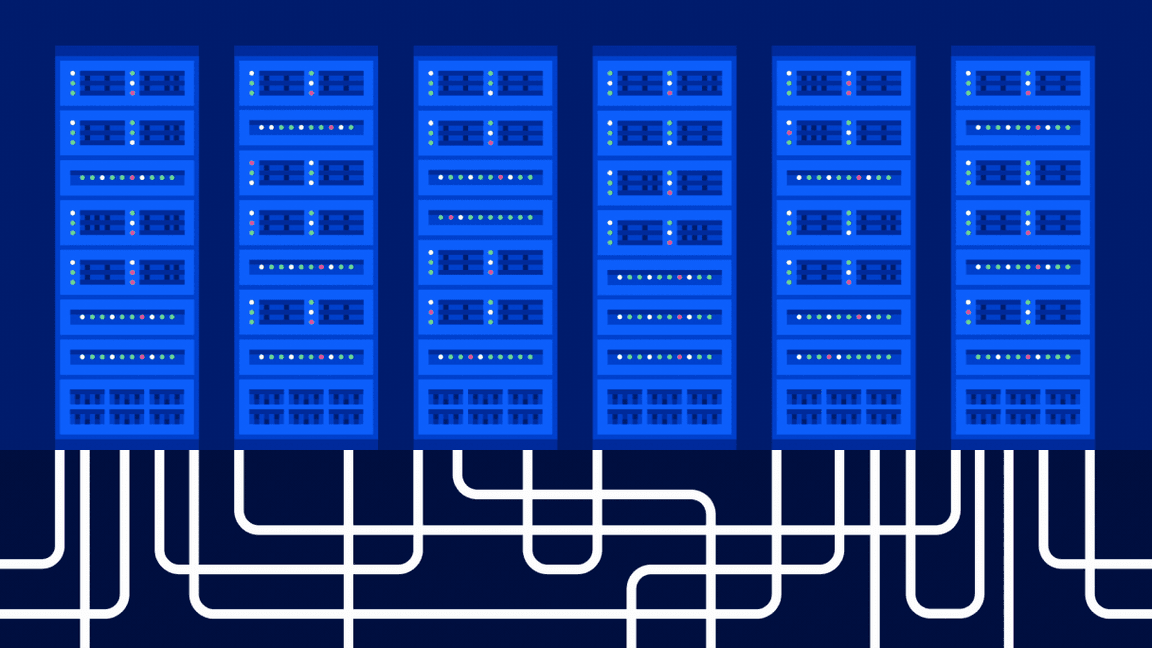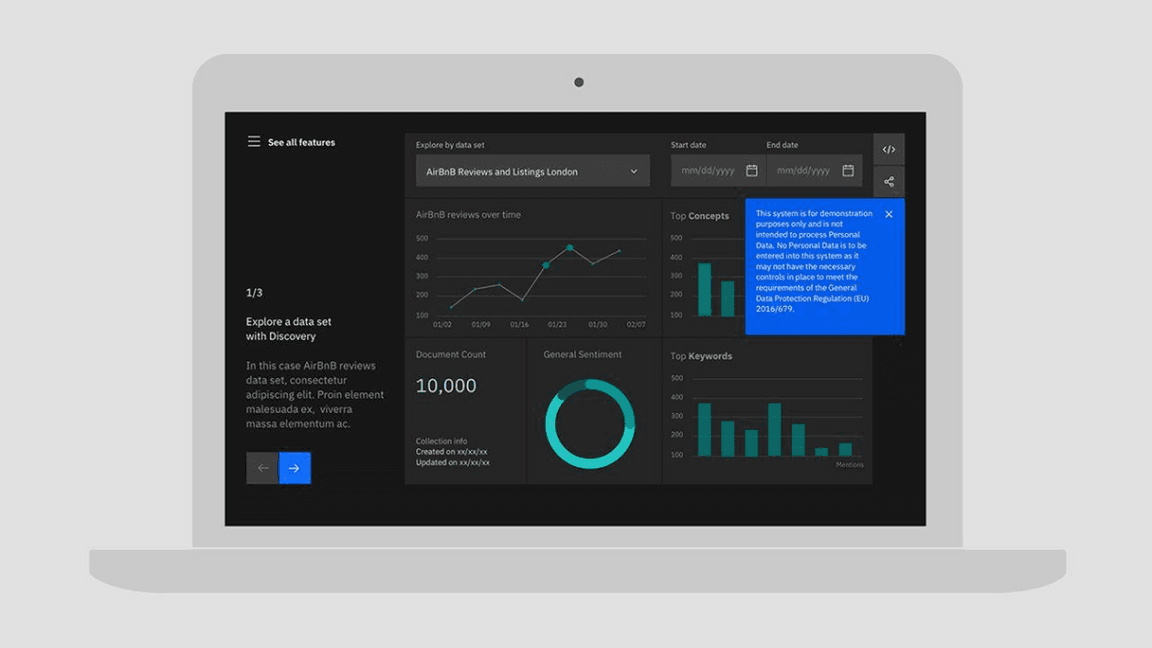Overview
Animation is a powerful communication tool. It can bring our work to life, guide viewers through complicated problems, tell meaningful stories and help make progress—from here to there, now to next, start to finish.
Approach
How we communicate through animation is just as important as what we communicate. Every element we set in motion is an extension of our voice—it must serve a purpose, embody precision and communicate clearly. No matter the format or subject matter, these themes are universal when correctly capturing our tone and approach to motion.
Animation at IBM amplifies the meaning inherent in any design. It doesn’t obscure or distract. Motion is uniquely effective in its capacity to explain ideas sequentially and rapidly refocus on what’s important. Endeavor to capture attention through action, demonstrate function and process with compelling performances, and break down complex ideas into digestible steps that progressively build toward understanding.
Consider the scope of your story. Define the message and craft your animation to be straightforward and succinct in how it conveys that message. Respect the viewer’s time and attention by communicating both promptly and clearly and with an expertise that answers questions in advance.
Animate only what’s vital. Needless flourishes or overcomplicated actions without clear reason have no place in our animations. The essential elements within a design should be animated to move with restraint—enough to effectively demonstrate function and purpose while avoiding gratuitous decoration and overexaggeration. Often the simplest solution is the most elegant and correct one.
Any animation at IBM begins with a clear goal in mind and, much like our approach to design itself, should be finely engineered, precise and produced with confidence. This meticulous attention to detail is vital to establishing a consistent attitude and tone of motion in everything we create.
Productive and expressive
Our approach to animation is guided by two essential types of motion: productive and expressive. The distinct impression created by each type offers a clear means of creating contrast, but also a sense of cooperation—man and machine, organic and engineered.
Types
Productive and expressive motion each evoke a particular tone that’s identifiably IBM:
– Productive motion leans toward efficiency and
responsiveness.
– Expressive motion is enthusiastic and
vibrant.
While there are countless ways to interpret and depict either type, they also serve as the foundation of an animation vocabulary, a shorthand to describe how an object should move, the feeling it should evoke.
While there’s no specific formula for creating motion, it’s the rationale behind choosing to apply each type that’s important. Each type on its own is useful, but they’re greater together.
Harmony
Our animation is at its best when the conversation between productive and expressive motion is clearly apparent. Each type has an important role to play in a piece, and the energy between the two provide a compelling contrast, bringing a nuanced personality to each element in motion.
Beyond how each individual element is influenced by either type—or the interplay between them—every piece of animation can similarly benefit by being weighted toward either productive or expressive motion as a whole.
Tone
Using either productive or expressive motion alone will inherently create different impressions. For example, productive elements may appear professional, confident, smart and efficient, while expressive elements may evoke more personality and emotion.
Thinking in expressive and productive terms opens a broad range of tone. Our motion toolbox can evoke everything from cheerful and lighthearted to forthright and reserved while steering clear of the silly or overly dramatic.
Applications
Animation can help recognize moments throughout the user interface experience. For example, you might use productive motion to confirm completion of tasks, or expressive motion to mark the beginning of a process. Animation can help guide users through complex experiences, or highlight progress through a process.
Illustration

User interface
Our point of view can be applied to any narrative in every style; from simple to complex, ambient loop to feature brand film.


